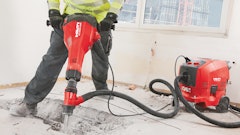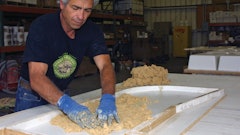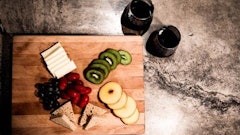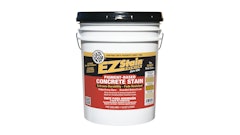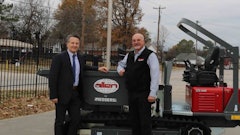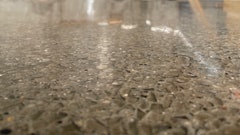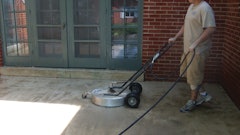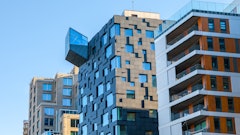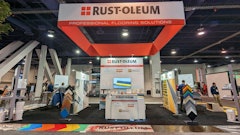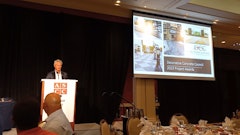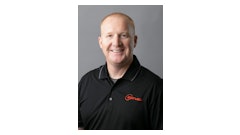
Contractors have to consider multiple factors when creating decorative concrete. Whether the concrete is interior or exterior can determine the process and the materials needed. Color Surface, Fayetteville, Ark., recently completed two decorative concrete jobs - one indoor and one outdoor - using American Decorative Concrete's ColorJuice.
ColorJuice is a UV stable, water-based concrete colorant that also contains concrete silicate hardener. The flexibility of the colors and strength of the product made it the best choice, says Color Surface owner Cameron Honey. It's versatility - allowing it to be used on both interior and exterior concrete - meant Honey could use one product on both jobs.
Outdoor casino pavilion
Honey's first project was a 10,000-square-foot outdoor pavilion for the Downstream Casino in Oklahoma. The customer wanted the concrete slab to match the specific color scheme of the building. Honey realized he would not be able to achieve those colors with an acid stain, so he turned to ColorJuice. "As far as the outcome, with acid stains you have some control over the color but not as much as with the ColorJuice," Honey says.
It took Honey five days to complete the Terra Cotta and ivory colored floor. He used an auto scrubber and degreaser to clean the floor before masking off walls and the square pattern on the floor. Using an air-pump sprayer, Honey sprayed the first color on the concrete, used a broom to brush it in and then let it dry. Once dry, he sprayed the second color and followed the same procedure. "Preferably you broom in a circular motion," Honey says. "You can make sure you get all your broom marks out. Plus, it prevents you from stopping and pulling up the color."
To finish the job, Honey applied American Decorative Concrete's DNS400 solvent-based sealer.
Bentonville Butcher & Deli
Honey also used ColorJuice to create an indoor decorative concrete floor for the Bentonville Butcher & Deli. The original floor had been acid stained and sealed but it didn't take well. Honey says the color was coming off and the sealer was scuffing in places. He also learned the owner cleans the floor every night with bleach. With that in mind, he chose to use ColorJuice instead of restaining.
To start, Honey used an HTC 800 polisher to grind off the old sealer and color. Once the old products were removed and the floor smoothed with a 120 metal grinding pad, Honey applied one coat of Saddle Brown ColorJuice to the 3,600-square-foot floor. Like the other job, he used an air sprayer to apply the color. Since the other job, however, American Decorative Concrete reformulated ColorJuice and Honey no longer needed to broom it in. After applying the first coat, the customer decided he wanted a darker color, so Honey applied one more coat of the ColorJuice followed by two coats of American Decorative Concrete's Stain Guard. Finally, he burnished the floor for the finished, polished look. The whole job took three and a half days to complete.
Honey was able to use one product to solve two unique requests that resulted in two successful decorative concrete floors.








